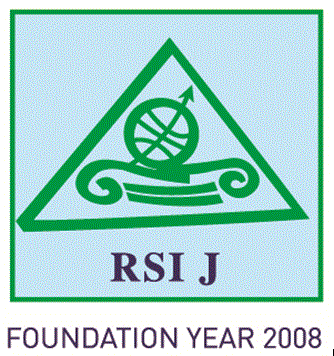Syarifuddin HASYIM
Senior Lecturer, Faculty of Law, Universitas Syiah Kuala, Banda Aceh, Indonesia
syarifuddin_hasyim@unsyiah.ac.id
Muhammad ZULHILMI
Senior Lecturer, Faculty of Islamic Economics and Business, Universitas Islam Negeri Ar-raniry, Banda Aceh, Indonesia
muha.zul@gmail.com
Khairul AMRI
Lecturer, Faculty of Islamic Economics and Business, Universitas Islam Negeri Ar-raniry,
Banda Aceh, Indonesia
khairul.amri@ar-raniry.ac.id
(corresponding author)
Abstract
The economic impact of law enforcement and crime rates empirically has not been widely revealed by researchers. In fact, in general, economic activities can be related to security factors. This study analyzes the influence of law enforcement and crime on economic growth. Using a panel data set of 8 provinces from western Indonesia during the period 2006-2017, the study found that there were no long-run relationships between the three variables. In the short-run, law enforcement and crime rates have a positive and significant effect on economic growth. Law enforcement has a significant and negative effect on crime rates, and vice versa crime rates have a positive and significant effect on law enforcement. The results of the Granger causality test indicate the existence of bidirectional causality between crime rates and law enforcement and between law enforcement and economic growth. Furthermore, unidirectional causality exists running from crime to economic growth.
Keywords: Economic Growth, Law Enforcement, Crime Rates, Panel Vector Autoregressive, and Granger Causality Test.
JEL classification: K14, K42, O47
read more
